Scandinavian style, renowned for its simplicity, functionality, and minimalism, has an interesting herald of history tied to the beauty and character of the Nordic countries from which it originated. With its roots deeply ingrained in the culture and aesthetics of Sweden, Norway, Denmark, Finland, and Iceland, Scandinavian design emerged as a significant movement in the 1950s, breathing a fresh air of sophistication and sublime tastefulness. Tracing its narrative from historical periods to the current day, one can follow the embedded threads that accentuate key periods of influence, relevant philosophies, and iconic figures that have led to the interweaving of this distinctive style. This article embarks on a fascinating journey that uncovers the core essence of Scandinavian style, placing an illumination on its social, cultural, and economic narratives across different epochs.
Historical Background and Evolution of Scandinavian Style
Scandinavian style has its origins in the late 19th and early 20th centuries, emerging from the five Nordic countries of Denmark, Finland, Iceland, Norway, and Sweden. It was primarily born out of socio-economic conditions in Scandinavia at the time, as the region sought to break away from the ornate and often impractical designs that were prevalent in Europe. This led to a focus on practical, long-lasting, and easy-to-use designs that brought beauty and functionality together in a unique amalgamation.
The Scandinavian style was heavily influenced by the Arts and Crafts Movement that emerged from the UK in the late 19th century, which championed traditional craftsmanship using simple forms, and often used medieval, romantic, or folk styles of decoration. As a result, Scandinavian design placed a heavy emphasis on craftsmanship, with a particular focus on woodworking. This is evident in the frequent use of timber, both in furniture and architecture, and the preference for simple, balanced and uncluttered designs.
In the early 20th century, modernism and functionalism also began to shape Scandinavian design. Modernism rejected the excessive ornamentation of the Victorian era, encouraging designs to be in line with their function. Functionalism, on the other hand, held that architectural design should be dictated by the purpose of the building. The impact of these movements led to designs that were not just beautiful to look at, but also served a purpose, leading to spaces that were functional, efficient, and aesthetically pleasing.
After the Second World War, Scandinavian design began to garner international attention. The region’s focus on simplicity, functionality, and affordability was resonant with the post-war era’s need for practical and accessible design. In the 1950s and 60s, designers such as Arne Jacobsen, Alvar Aalto, and Eero Saarinen became household names around the globe with their sleek, modernist designs that became synonymous with Scandinavian style.
Today, Scandinavian design continues to be influential, promoting a minimalistic aesthetic that also emphasizes sustainability and functionality. The hallmarks of Scandinavian design – simplicity, clean lines and a connection to nature – remain popular and can be seen in many contemporary interior designs worldwide. Iconic Scandinavian design pieces, such as the Eames’ lounge chair or Jacobsen’s egg chair, are as popular now as they were when first released.
Tracing the rich history of Scandinavian design, we encounter a few influential players. Alvar Aalto, a Finnish architect and designer, was a pivotal figure celebrated for his groundbreaking functionalist designs. Denmark’s Arne Jacobsen, known for his innovative modernist creations, left an indelible mark on the design world. Finnish-American architect Eero Saarinen captivated the imagination with his futuristic designs, while Ingvar Kamprad, founder of Swedish behemoth IKEA, democratized Scandinavian design, ushering it into countless homes worldwide.
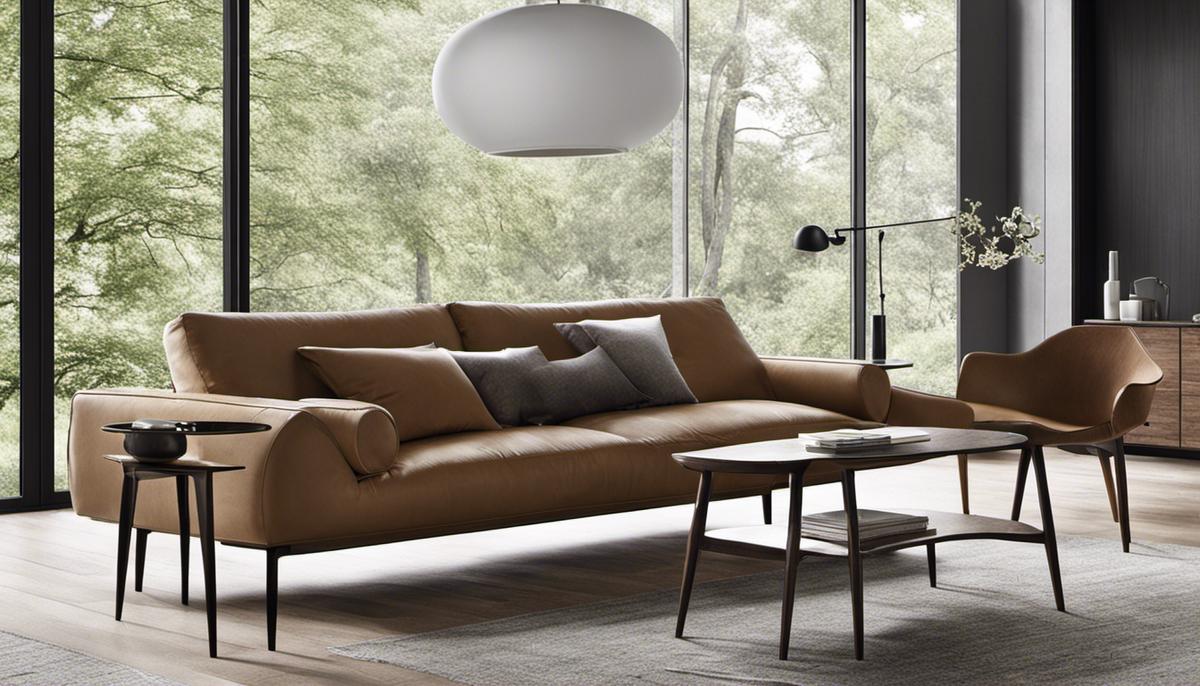
Key Elements of Scandinavian Style
Unpacking the Elements of Scandinavian Style
Conceptualized in the Nordic countries in the 1950s, Scandinavian design has since gained a substantial international following. Uniting aesthetic appeal, simplicity, and practicality, this influential design philosophy espouses minimalism while prioritizing warmth and comfort. Whether the context is furniture, architecture, or interior design, Scandinavian style hinges on a set of fundamental principles, shaping its distinct identity.
Simplicity and Minimalism
Simplicity and minimalism are the key pillars that define the Scandinavian design aesthetic. It is a style that largely focuses on reducing the clutter and creating a clean, calm space. Instead of elaborate decorative elements, Scandinavian design favors simple, sleek, and streamlined forms. The idea is not just about a visually appealing space, but also an environment that fosters a relaxed and unburdened lifestyle. This is especially evident in furniture design. Scandinavian furniture pieces often showcase understated elegance, with clear, concise lines and a focus on practicality.
Functionality
Another definitive trait of Scandinavian style is its emphasis on functionality. The idea is that a design should not just be visually appealing, but it must also serve a purpose. Every piece of furniture, every room layout, every architectural element is meticulously planned to serve a practical function without compromising on aesthetic appeal. This pragmatic approach is adapted in interiors, furniture, and architecture collectively, creating spaces that are easy and efficient to live, work, or relax in.
Use of Natural Materials
The use of natural materials is another major defining element of Scandinavian design. From wood flooring to furniture and accessories, the style draws heavily from nature. The widespread use of materials like wood, leather, wool, and stone gives the designs a sense of warmth and tactile richness. Often, the materials are left in a nearly raw state, which allows the designs to convey a sense of organic purity and connection to the natural world.
Transfer Across Different Realms of Design
The principles of Scandinavian design can be found in a variety of design disciplines. In interior design, it is reflected through the use of light colors, plain furnishings, and minimalist layouts. In architecture, the principles transform into innovative structures that are energy efficient, sustainable, and blend seamlessly with the environment. In furniture design, these principles result in aesthetically pleasing but simple items, that are ergonomically designed for everyday use. Despite the realm, the shared attributes are always simplicity, functionality, minimalism, and the distinct use of natural materials.
The Scandinavian style embodies a design perspective that harmonizes effortless simplicity with nature, promoting tranquillity. This trending style has greatly impacted modern design movements, remaining a popular choice for those dedicated to crafting calming, efficient, and aesthetically pleasing spaces.
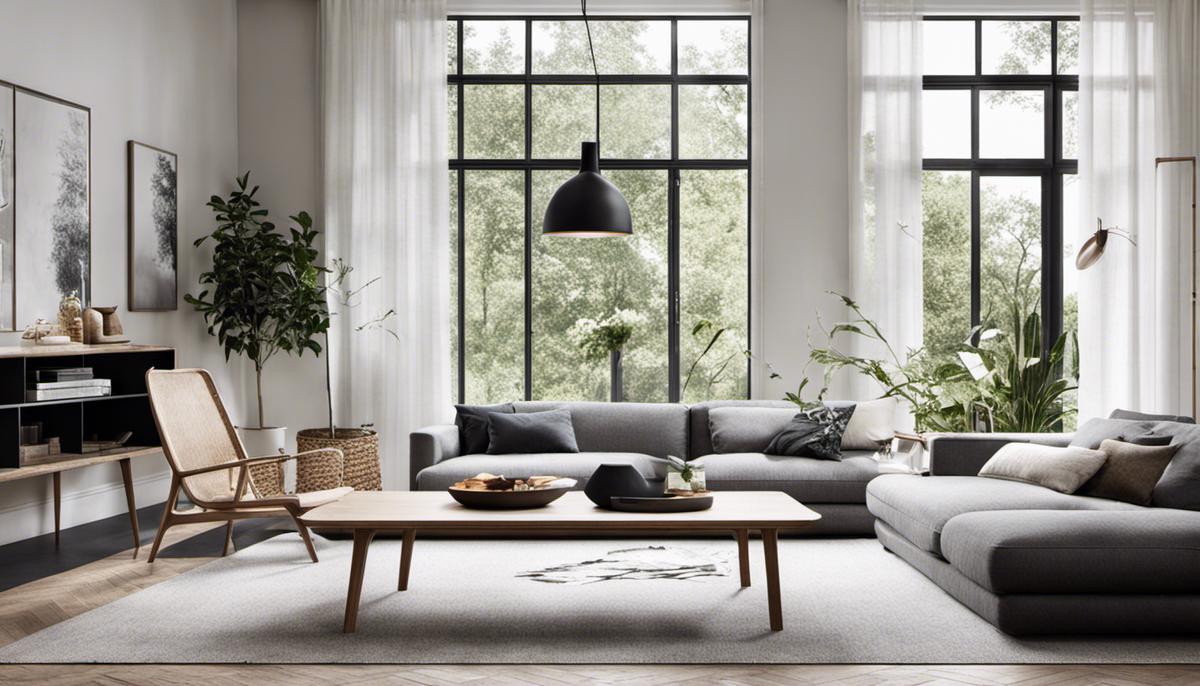
Influence and Impact of Scandinavian Style in Global Design
Impact of the Scandinavian Style
Originating in Norway, Sweden, and Denmark, the Scandinavian style has etched an important mark on global design. Its essential trademarks include simplistic functionality, minimalism, an emphasis on sustainability, and democratic design. This style has become a cornerstone in global home décor, furnishings, and even fashion. Its profound impact stretches beyond global markets to pop culture, underlining its dedication to beauty and practical functionality.
Popular Culture and Design Movements
In popular culture, Scandinavian style is evident in various media platforms. For example, film and television sets often utilize a Scandinavian aesthetic to craft clean, sophisticated, and modern settings. Furthermore, it has become fashionable to model homes and interiors after Scandinavian design, its appeal lying in the minimalistic yet effective use of space.
Significantly, Scandinavian design has influenced several design movements across the globe. Its ideologies of simplicity, minimalism, and functionality can be seen as key influences in Japan’s contemporary zen design as well as the tiny house movement popular in the United States. Each draws on the Scandinavian principle of maximizing utility and aesthetics within minimal space.
Scandinavian Design Principles Globally
Scandinavian design principles are now applied in various contexts globally, emphasizing the style’s versatility. For example, offices in America and Europe often incorporate Scandinavian elements to create an environment that promotes productivity while maintaining a calmer ambiance. The style is also seen in the booming café culture in Asia, where Scandinavian-inspired cafes and eateries provide a cozy, minimalist aesthetic that appeals to modern Asian consumers.
In the fashion sector, Scandinavian style is admired and incorporated for its emphasis on sustainability, simplicity, and comfort. Brands from across the globe incorporate these elements into their designs, resulting in collections that are refined and yet comfortable for everyday wear.
In the world of technology, Scandinavian design’s simplicity finds resonance in the design of many digital interfaces. Its philosophy of “less is more” and user-friendly design elements have made it an inspiring choice for many technology developers and graphic designers.
Case Studies in Scandinavia Style Influence
IKEA, mentioned earlier, is a prime example of Scandinavian design’s global success. The retail powerhouse’s furniture products are reminiscent of the simplicity, functionality, and affordability underlying the Scandinavian design philosophy.
Another case study is the rise of the Scandinavian lifestyle concept—Hygge. Originating from Denmark, the concept of Hygge (pronounced ‘hoo-ga’) encapsulates feelings of coziness, contentment, and well-being by enjoying the simple things in life. Hygge has even gained popularity in book publishing, with a flurry of books detailing how people can incorporate Hygge into their lives for a healthier, happier existence.
The profound and multifaceted influence of Scandinavian style on the global stage pervades a variety of sectors in our society, including architecture, interior design, fashion, technology, and even lifestyle practices. With its principles of simplicity, minimalism, and functionality, this design approach has a broad appeal and relevance.
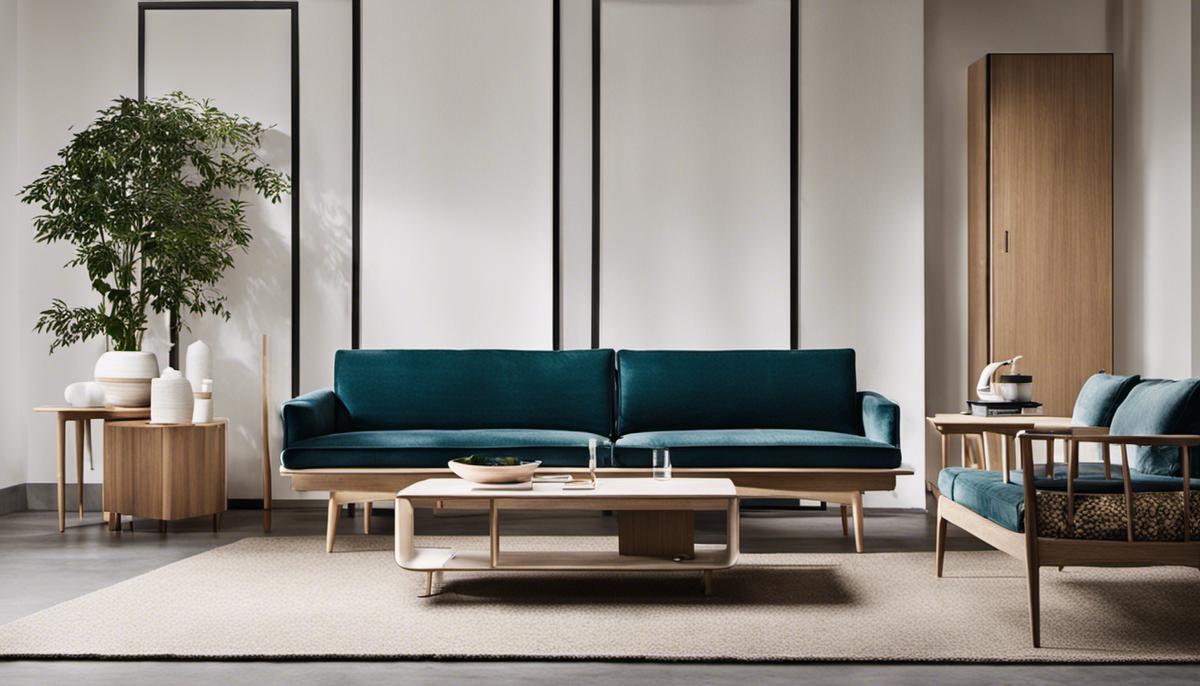
Scandinavian Style in Contemporary Scenes and Future Trends
Continued Relevance of Scandinavian Style in Today’s World
Even in the context of our modern world, Scandinavian style remains synonymous with minimalism and functionality. Born in the Nordic countries – Denmark, Norway, and Sweden, this design trend is distinguished by its unadorned yet aesthetically pleasing lines, subdued hues, and strategic use of available spaces. It lays a strong emphasis on minimal, functional furnishings and interiors that are in harmony with nature.
Influence on Contemporary Art and Architecture
Modern Scandinavian design continues to make a significant impact in various sectors, from contemporary art to architecture. Its straightforwardness and simplicity promote a calm, relaxed atmosphere and consequently influence the aesthetic choices made in these areas. This impact is notably visible in the architecture sphere, where Scandinavian architecture is celebrated for its excellent craftsmanship, balance of form and function, and amalgamation with the nature surrounding it. Key attributes like large windows for natural lighting, eco-friendly materials, and open spaces emphasize the design’s connection to its environment and making it impactful and widely influential.
Scandinavian Influence on Furniture and Fashion
The influence of Scandinavian style can also be seen in furniture and fashion, two spheres that hold major sway over individual and societal tastes. Renowned for its user-centric design, Scandinavian furniture often centers on the idea of achieving maximum style with minimal elements. This often includes using warm textiles, contrasting contours, and a solid awareness of the item’s impact on the surrounding space.
In fashion, Scandinavian style sticks to the principles of simplicity, functionality, and sustainability. Their designs often possess neutral hues with the occasional burst of color, ethical material sourcing, and excellent quality and craftsmanship that align with slow-fashion principles.
Contemporary Trends and Future Predictions
One of the primary emerging trends in Scandinavian style is ‘hygge.’ Originally a Danish term, hygge (pronounced hoo-guh) is a design principle that creates comfort and coziness in everyday life. The style, thus, is turning further inward, focusing more on generating thoughtfully curated environments that promote mental and emotional well-being.
In the future, it is predicted that the minimalist aesthetic of Scandinavian style might interweave more with eco-consciousness. Therefore, the use of sustainable, environmentally friendly materials and methods will gain prominence. As the world battles escalating climate change concerns, sustainable design has become a central conversation topic, and Scandinavian design will undoubtedly continue to lead this conversation.
The Impact on Consumer Behavior
The Scandinavian style has had an indelible impact on consumer behavior. Consumers are magnetically drawn to the style’s simplicity, functionality, and sustainability. Not only does this influence their aesthetic preferences, but it also shapes their purchasing decisions. Particularly in a world increasingly mindful of the environment, consumers are favoring Scandinavian designs for their commitment to sustainability.
The simplicity of Scandinavian style also helps consumers escape the overwhelm of modern life. It offers them a sense of calm and tranquility that is often sought after in bustling, somber urban cities. Thus, consumers are leaning towards this style for creating peaceful, soothing environments.
Summary
In summary, the Scandinavian style remains a significant trend in modern and future design. Its popularity is expected to grow considering increasing environmental consciousness and the need for simplicity in a complex world. This style offers a medium to integrate simplicity, functionality, and sustainability, which are all paramount issues in contemporary societies. As a result, its influence continues to be potent and persuasive in various design disciplines, including art, architecture, furniture, and fashion.
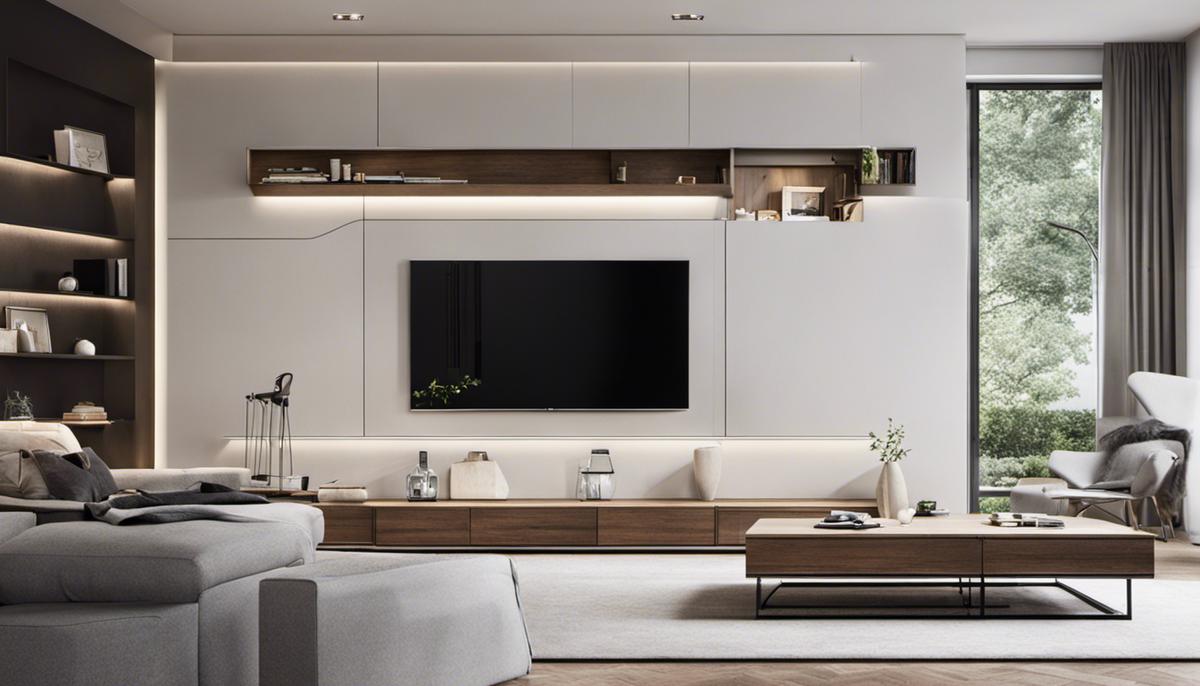
The consistency of Scandinavian style’s significance, its unabated resonance in global marketplaces and its unfolding presence in contemporary design scenes all testify to its timeless elegance and inimitable simplicity. As it continues to infuse modern art, architecture, furniture and fashion scenes, Scandinavian style articulates a visual language that reflects an enduring affinity for nature, a dedication to functional beauty and a celebration of minimalism. Charting its integral currents in contemporary design landscapes and envisioning the future, it is clear that the Scandinavian design principle is not just a fleeting trend, but rather a perennial philosophy that’s set to drive progressive design dialogs worldwide. With its growing influence, Scandinavian style is destined to offer fresh inspiration, underlining the fascinating interplay between human ingenuity and natural elegance in design.

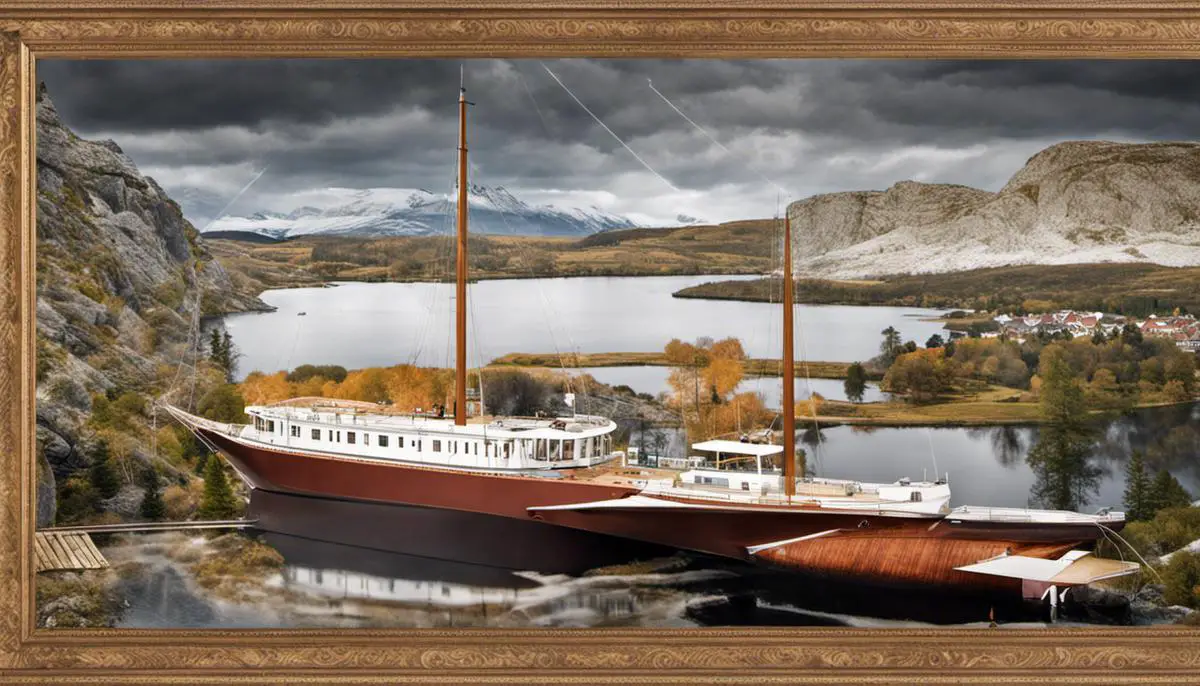
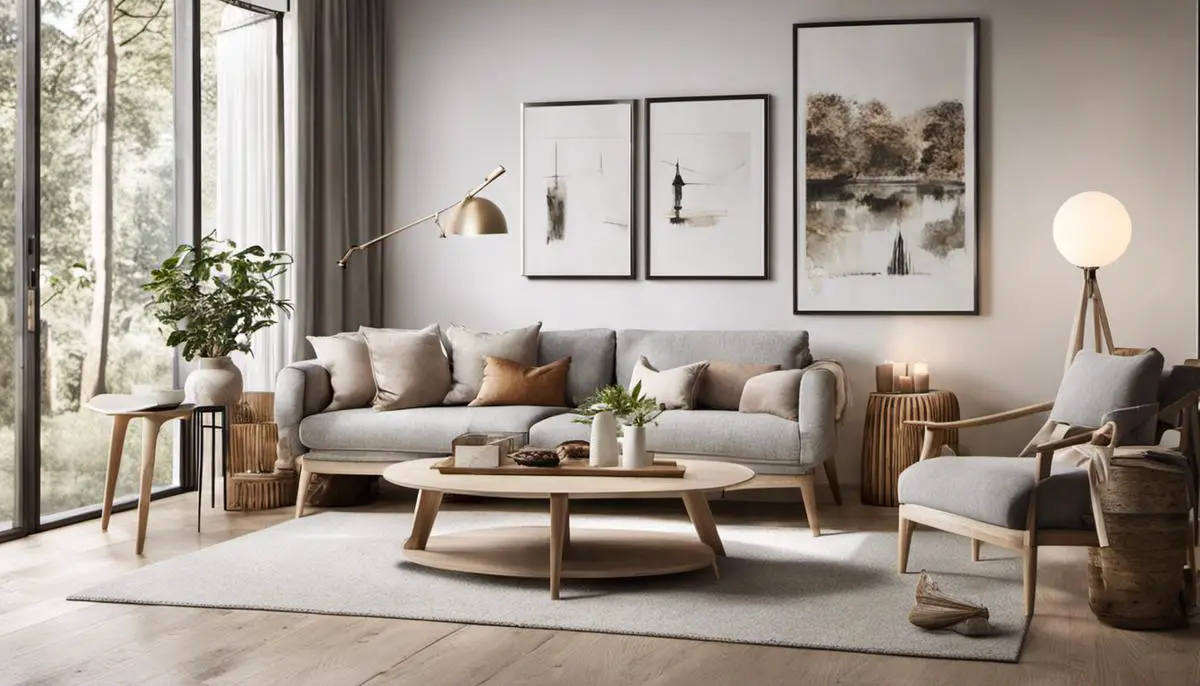
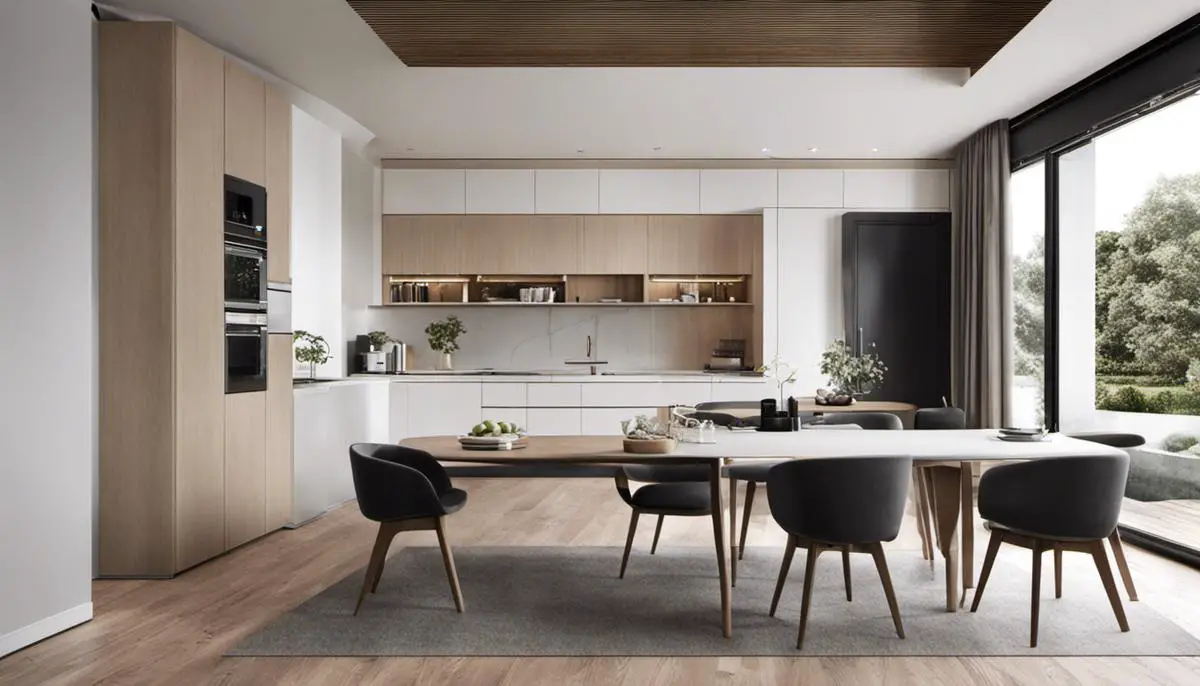
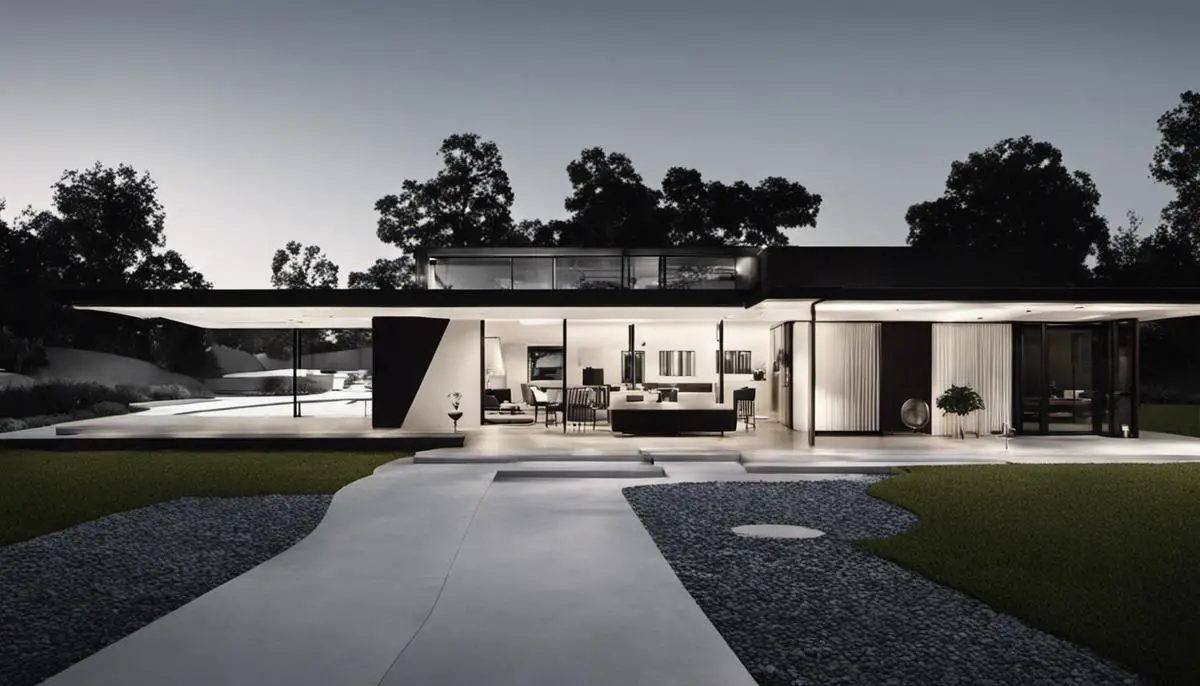
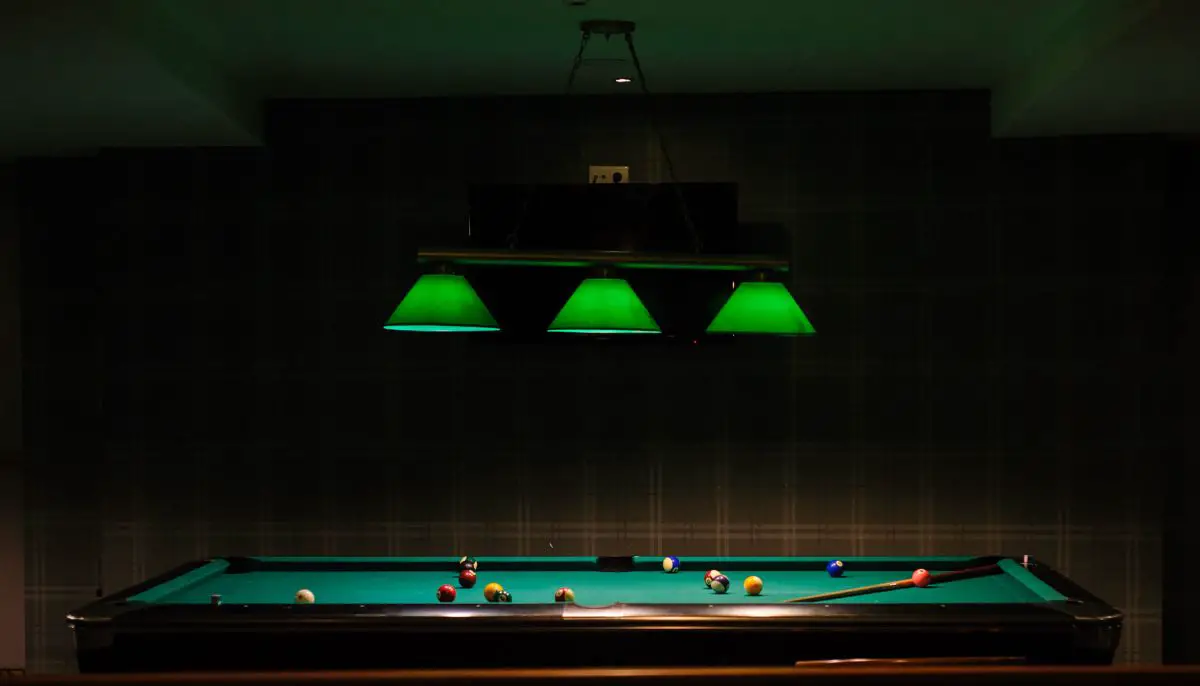
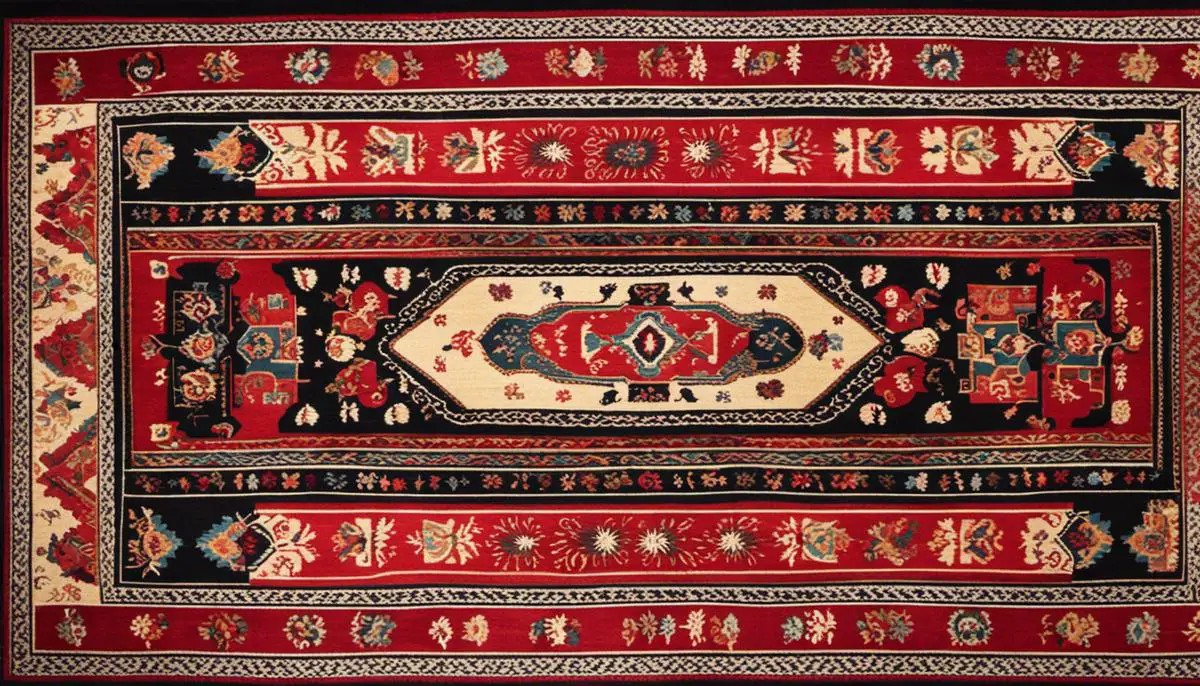
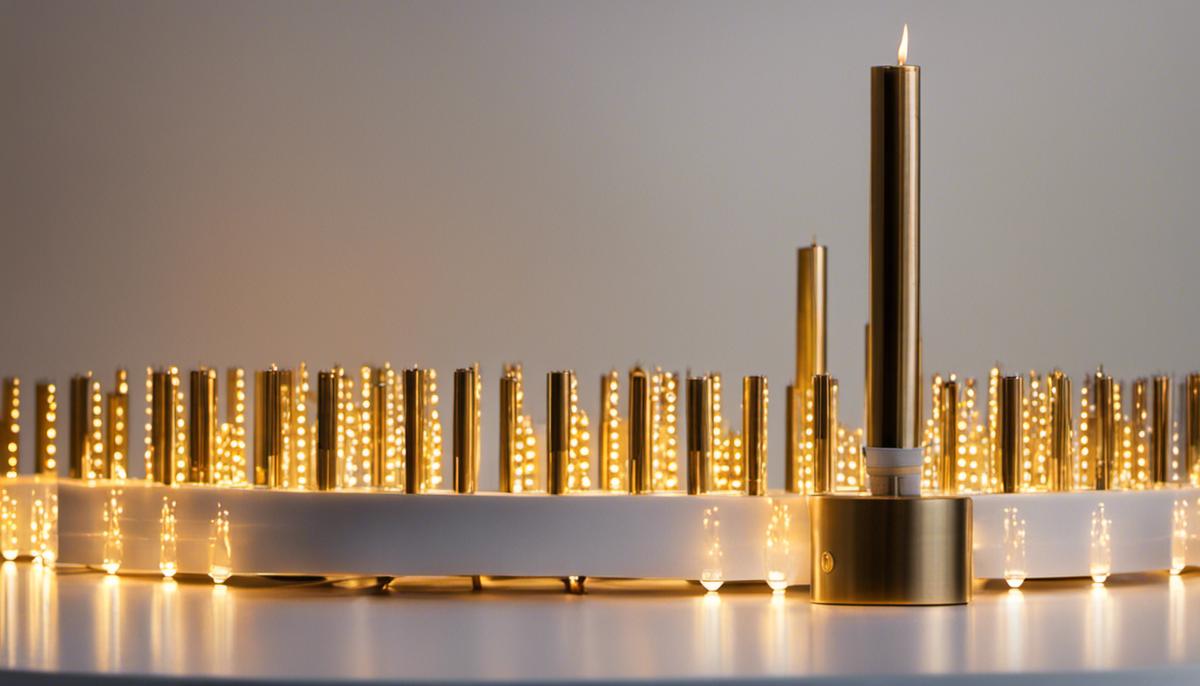

Leave a Reply